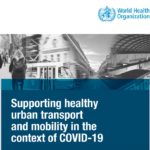
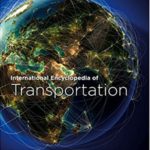

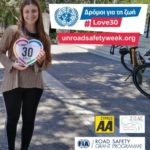

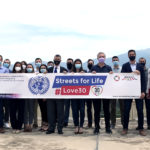

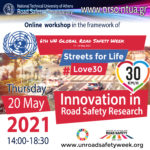
 The NTUA Road Safety Observatory
The NTUA Road Safety Observatory Driver needs and behaviour in automated traffic – Drive2theFuture
Driver needs and behaviour in automated traffic – Drive2theFuture Societal impacts of connected and automated vehicles – Levitate
Societal impacts of connected and automated vehicles – Levitate Shared Automation Operating Models for Worldwide Adoption – Show
Shared Automation Operating Models for Worldwide Adoption – Show Holistic Approach for Driver Role Integration into Automation – Hadrian
Holistic Approach for Driver Role Integration into Automation – Hadrian Driver-vehicle-environment interactions and safety tolerance – i-Dreams
Driver-vehicle-environment interactions and safety tolerance – i-Dreams Smart city mapping for safer and eco driver behaviour – SmartMaps
Smart city mapping for safer and eco driver behaviour – SmartMaps Smartphone applications for driver safety behaviour support – BeSmart
Smartphone applications for driver safety behaviour support – BeSmart Development of the Road Safety Strategic Plan in Greece 2021-2030
Development of the Road Safety Strategic Plan in Greece 2021-2030 Collection of Road Safety KPIs in Greece – Baseline-G
Collection of Road Safety KPIs in Greece – Baseline-G EU Methodology for Road Safety KPI Collection – Baseline-I
EU Methodology for Road Safety KPI Collection – Baseline-I Open science in road safety – BeOpen
Open science in road safety – BeOpen A Methodology for Network-wide Road Assessment – NetSafety
A Methodology for Network-wide Road Assessment – NetSafety Modelling crash modification factors globally – i-SafeModels
Modelling crash modification factors globally – i-SafeModels Road Safety Audit of the Hellinikon Metropolitan Pole
Road Safety Audit of the Hellinikon Metropolitan Pole Monitoring road safety attitudes globally – Esra2
Monitoring road safety attitudes globally – Esra2 Investigation of driver distraction effect using big data from smartphones
Investigation of driver distraction effect using big data from smartphones Safety behaviour assessment of older drivers in real driving conditions
Safety behaviour assessment of older drivers in real driving conditions Covid-19 impact on mobility and safety
Covid-19 impact on mobility and safety Model traffic and parking arrangements for the Athens Great Walk
Model traffic and parking arrangements for the Athens Great Walk Electromobility as driver for sustainable mobility and safety – e-Mopoli
Electromobility as driver for sustainable mobility and safety – e-Mopoli Socio-economic impact of environmental transport charging – EcoCharge
Socio-economic impact of environmental transport charging – EcoCharge
-
 Safety Innovations in Automation and Connectivity, Prof. Andrew Morris
Safety Innovations in Automation and Connectivity, Prof. Andrew Morris -
 How are Emerging Data Enabling Smarter Safety Applications?, Prof. Constantinos Antoniou
How are Emerging Data Enabling Smarter Safety Applications?, Prof. Constantinos Antoniou -
 Innovations for Safe Driver Behaviour, Prof. Tom Brijs
Innovations for Safe Driver Behaviour, Prof. Tom Brijs -
 Which Values for Future Safety Technologies, Ass.Prof. Eleonora Papadimitriou
Which Values for Future Safety Technologies, Ass.Prof. Eleonora Papadimitriou

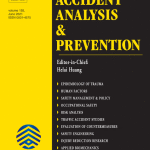
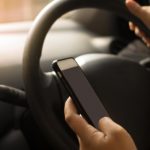
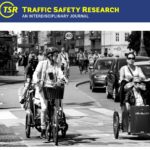


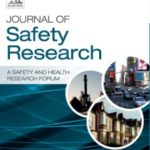
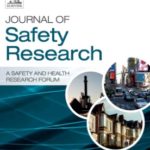
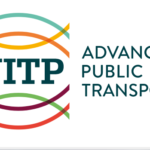
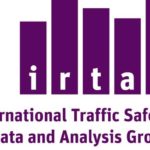

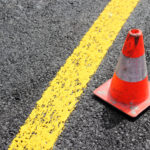

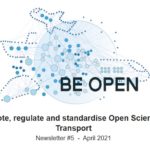
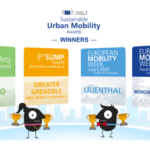
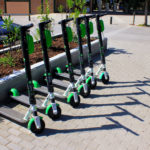

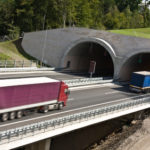



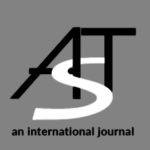
A paper titled “Are driving errors and driving performance correlated? A dual structural equation model” authored by Panagiotis Papantoniou, George Yannis and Eleni Vlachogianni is now published in Advances in Transportation Studies. The objective of this paper is to investigate several factors (including driver distraction, driver characteristics and road environment) that affect overall driving error behaviour and estimates a new unobserved variable which underlines driving errors. This estimation is performed with data obtained from a driving simulation experiment in which 95 participants covering all ages were asked to drive under different types of distraction (no distraction, conversation with passenger, cell phone use) in rural and urban road environment, as well as in both low and high traffic conditions.














































































































































































